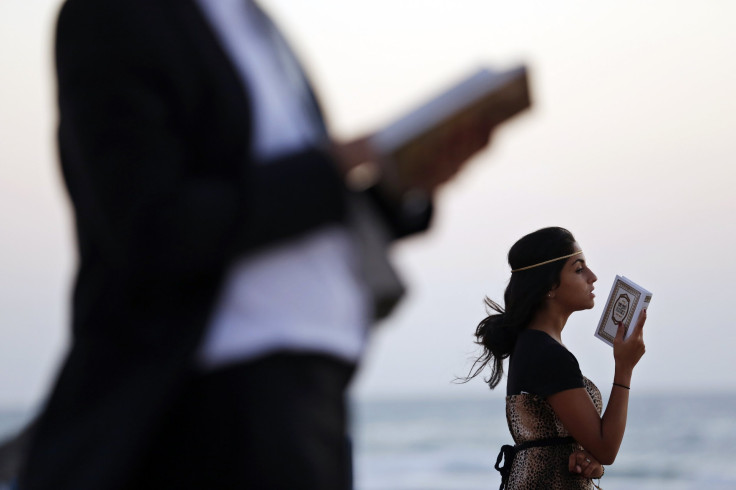Rosh Hashanah 2014: 9 Facts To Know About The Jewish New Year

Sundown Wednesday marks the first night of Rosh Hashanah, the Jewish religion’s official New Year. Rosh Hashanah, meaning “head of the year” or “first of the year,” is one of the religion’s holiest holidays. Ahead of the holiday Wednesday night, here are nine need-to-know facts:
History
Rosh Hashanah occurs in either September or October, always on the first day of Tishrei, which is the seventh month of the Hebrew calendar, according to History.com. The holiday is a commemoration of God’s creation of the world.
Days of Awe
Similar to the way individuals celebrate New Years Eve on Jan. 1, those observing Rosh Hashanah also use the holiday to reflect and plan for changes in the coming year. This occurs during the Days of Awe or Days of Repentance and comes from the concept God has a “book of life” in which one is inscribed for either a good or bad year. Followers believe actions during the days of repentance can alter God’s verdicts.
Casting off
So how does one repent for wrongdoing? One of the holiday's most popular traditions is tashlikh, an act also known as casting off. Using a creek, river or any flowing body of water, individuals are invited to “empty their pockets” by throwing bread into the water on the first afternoon of the holiday.
Torah name differs
Despite Rosh Hashanah being considered one of the Jewish religion's most important holidays, the name “Rosh Hashanah” is not used in the Torah. The holiday is instead referred to as Yom Ha-Zikkaron, which means the Day of Remembrance, or Yom Teruah, the Day of the Sounding of the Shofar.
The Schofar
The shofar, made from the horn of a ram, is a trumpet originally used to summon troops to battle. The sounding of the instrument is said to be a call to repent and a musical reminder that “God is King.” During Rosh Hashanah, the shofar blower is required to play four sets of notes: tekiah, the shevarim, teruah and tekiah gedolah.
No work allowed
As with most religious high holidays, Judiasm expresses the importance of observing Rosh Hashanah with contemplation and does not permit working. Devout members of the Jewish religion spend a large portion of the holiday in synagogue.
Festive meal
Judiasm observers participate in seudat yom tov, also known as a festive meal. The meal, celebrated with friends and family, begins with a customary lighting of the candles and usually includes eating challah, an egg bread, dipped in honey. Another symbolic food is apples dipped in, you guessed it, honey. The use of honey reportedly signifies the year ahead will be sweet.
Symbolic sayings
Instead of wishing Judiasm observers a "Happy New Year," consider uttering the appropriate phrase “L’shana tovah” which roughly translates to the same meaning. If you want to expand on your greeting, say, “L’shana tovah u’metukah” which means have a “good and sweet year.” Another usable phrase is “L’shanah tovah tikatev v’taihatem,” which translates to “may you be inscribed and sealed for a good year.”
End with Yom Kippur
The Days of Awe ends with the beginning of another Jewish holiday, Yom Kippur. The holiday, known as the Day of Antonement, begins on the evening of Friday, Oct 3, this year. It ends the following night, Oct. 4, following a 26-hour fast.
© Copyright IBTimes 2025. All rights reserved.






















